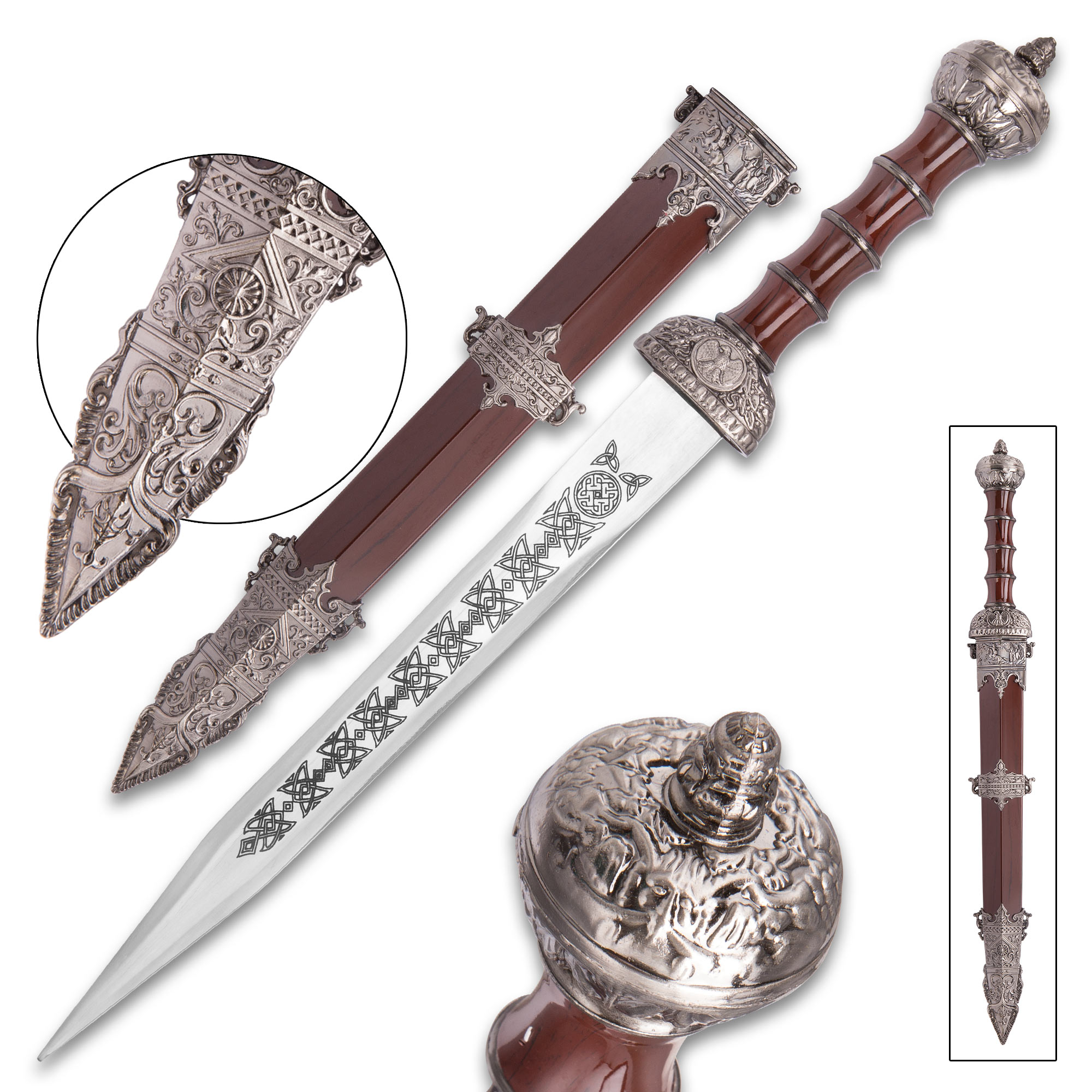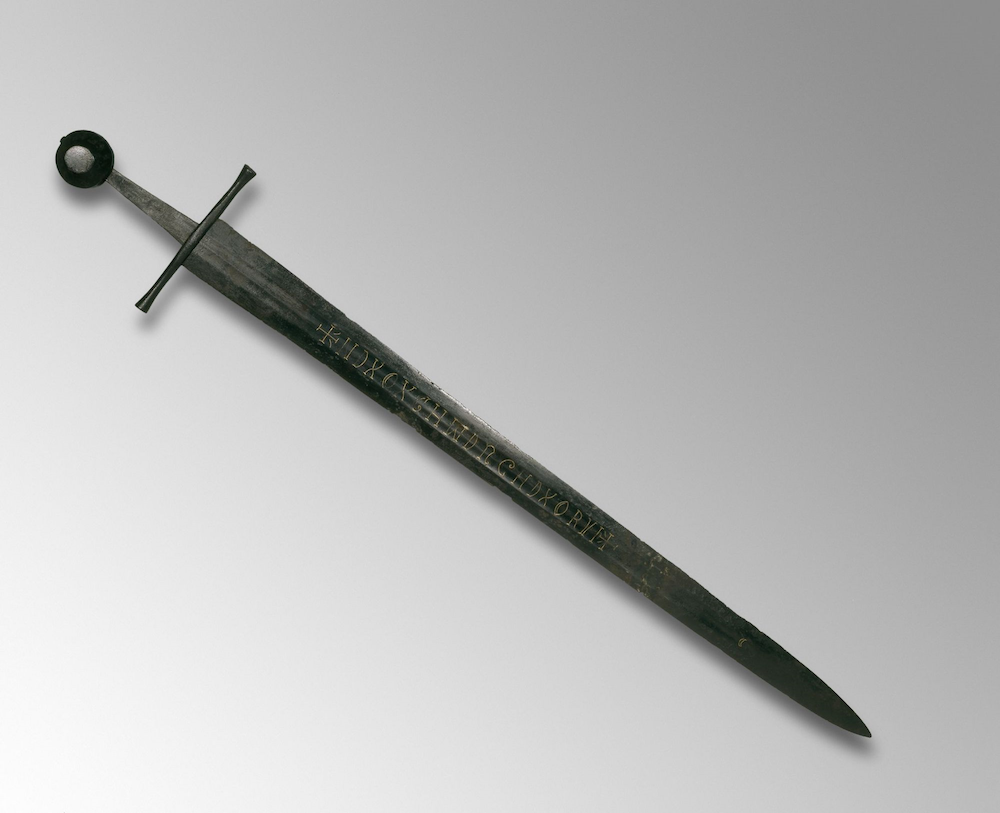
Moreover, in Scotland, lairds append their territorial designation to their names as was traditionally done on the mainland of Europe ( e.g., Donald Cameron of Lochiel). In Scotland, whilst esquire and gentleman are technically correctly used at the Court of the Lord Lyon, the title laird, in place of squire, is more common. It is unclear how widely the village squire may still be said to survive today, but where it does, the role is likely more dependent upon a recognition of lineage and long family association rather than land, which, while relevant, is nowadays likely to be considerably smaller than in former years due to high post-war death duties and the prohibitive costs associated with maintaining large country houses. The position of squire was traditionally associated with occupation of the manor house, which would often itself confer the dignity of squire. Politically, during the 19th century, squires tended to be Tories, whereas the greatest landlords tended to be Whigs. Such was the power of the squires at this time that modern historians have created the term 'squirearchy'. The squire would also have performed a number of important local duties, in particular that of Justice of the Peace or Member of Parliament. Some squires also became parish incumbents themselves and were known as squarsons a portmanteau of the words squire and parson. These roles were often filled by a younger son of the squire or of another family of local gentry. "was patron") of the parish church - and he often did - he would choose the incumbent, designated as either a rector, or if the parish had a lay rector or impropriator, who was often the squire himself, a vicar. If the squire owned the advowson or living (i.e. The squire usually lived at the village manor house and owned an estate, comprising the village, with the villagers being his tenants. Squires were gentlemen, usually with a coat of arms, and were often related to peers. Lords of the manor held the rank of esquire by prescription.

The head of this family was often the lord of the manor and called "the squire". In the English countryside from the Middle Ages until the early 20th century, there was often one principal family of landed gentry, owning much of the land and living in the largest house, often referred to by people lower down the social scale as the "big house". In the children's book The Castle in the Attic by Elizabeth Winthrop, the protagonist William serves as the squire of Sir Simon, a knight from the Middle Ages who got transported to the present. In Miguel de Cervantes' Don Quixote, the babbling Sancho Panza serves as squire of the deluded Don. One of the pilgrim-storytellers in The Canterbury Tales is a squire who is the son of the knight that he serves. The young King Arthur served as Sir Kay's squire in the traditional tale of the Sword in the Stone that appears in literary works, including Le Morte d'Arthur and The Once and Future King. Ensuring an honourable burial of the knight if killed.Accompanying the knight to tournaments and the battlefield.Carrying the knight's armour, shield and sword.The squire would sometimes carry the knight's flag into battle with his master. Boys served a knight as an attendant or shield carrier, doing simple but important tasks such as saddling a horse or caring for the knight's weapons and armor.

Squires were the second step to becoming a knight, after having served as a page. A boy became a page at the age of 7 then a squire at age 14. A squire was typically a young boy, training to become a knight.

The most common definition of squire refers to the Middle Ages.


 0 kommentar(er)
0 kommentar(er)
